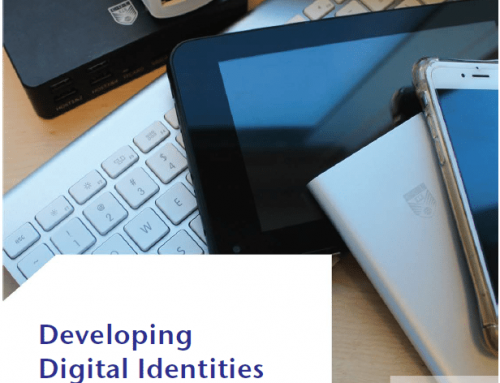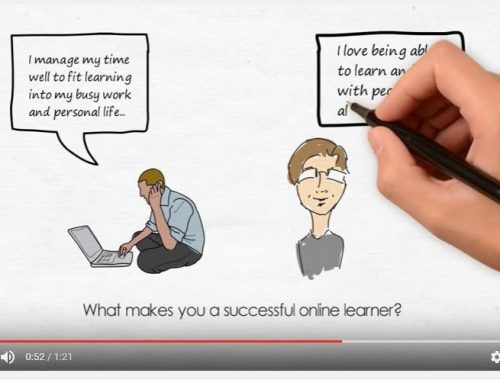For the past two years I have been working on the JISC funded Transforming Curriculum Delivery through Technology programme as a synthesis consultant. The programme ran alongside the ongoing four year programme focusing on curriculum design processes – Institutional approaches to Curriculum Design.
The fifteen Transforming Curriculum Delivery Through Technology projects focussed on the processes that take place when learners engage with the curriculum. Their activities were very diverse and they used technologies to support a range of activities including:
- assessment and feedback
- personalisation
- collaborative learning, peer interaction (assessment, mentoring)
- student reflection and assessment
- authentic professional and work-based learning experience
- students as change agents
- laboratory and practical learning
- learner support mechanisms
The synthesis report is entitled Curriculum innovation: pragmatic approaches to transforming learning and teaching through technologies. One of the significant aspects ot the activites undertaken was the level of pragmatism in how projects chose which challenges to focus on and how they used technologies to achieve real change within their institutions… I have written before on the JISC programme blog about this – in relation to which technologies were adopted. This post highlighted the fact that these were not all ‘newer’ exciting technologies but a range of techs that were appropriate, including those that have been around a while such as the VLE. The technologies themselves were not necessarily innovative, but the imaginative ways they were used to solve real problems and improve the experience of staff and learners was notable.
At a time when JISC is under review and people have raised questions about the ability of JISC to deliver innovation I think it is timely that these projects have demonstrated significant impact on student progression, retention and achievement as well as evidencing cost benefits to institutions and improved experiences for staff. After all that is what some of us have been hoping for from the use of technologies in education. The report describes programme activities in detail and aims to inform other more accessible routes in to the range of useful outputs and lessons learnt. I say more accessible because the report is rather lengthy – as it attempts to provide a range of different views on the programme.
A useful appendix to the report is a benefits table which highlights evidence of impact in a range of areas, including efficiencies, enhancement and transformation. The link takes you to the table in the JISC Curriculum Design Studio – a toolkit which draws together existing and emerging resources around both curriculum design and curriculum delivery. This excellent resource provides a range of routes into programme outcomes and project outputs and does include excerpts from my report. Each project has a page which presents a ‘jump-off’ point to their outputs – ranging from case studies, gudiance and toolkits, evaluation documents, videos, and exemplar learning resources.
I hope the report offers a comprehensive account of this programme. Anyone interested in tackling challenges such as student engagement, retention and progression should check this out. For those needing to adopt different approaches to provide flexible learning to a wide range of diverse student groups or who are struggling with inreasing student numbers there are a wealth of excellent approaches that could be adopted in a range of contexts. There are also several great examples illustrating students as change agents.
The outcomes of the programme are way too rich to do justice to in a blog post but I hope I’ve given you enough of a flavour to encourage further investigation. It will definately be worth it…







[…] (This blog post is adapted from a post on my personal blog) […]
[…] synthesis and sensemaking […]
[…] synthesis and sensemaking […]